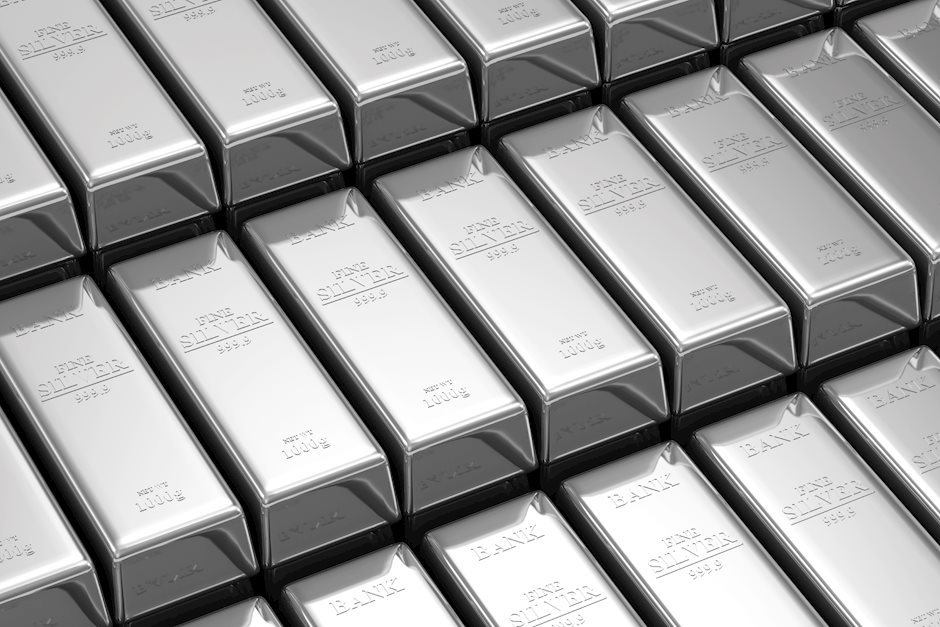Silver Price Forecast: XAG/USD bounces back to near $31.00 due to safe-haven flows
- Silver price gains ground due to safe-haven flows amid the rising Russia-Ukraine conflict.
- Russian President Vladimir Putin warned that the Ukraine conflict is escalating into a global confrontation.
- The non-interest-bearing Silver may find challenges due to the higher opportunity cost associated with higher interest rates.

Silver price (XAG/USD) retraces its recent losses, trading around $31.00 per troy ounce during the Asian hours on Friday. The prices of safe-haven assets like Silver gained ground due to the escalated situation in the Russia-Ukraine war.
Russian President Vladimir Putin warned on Thursday that the Ukraine conflict is escalating toward a global confrontation, citing the use of US and British-supplied weapons by Ukraine to target Russia, according to Reuters.
Putin stated that Russia had retaliated by deploying a new hypersonic medium-range ballistic missile against a Ukrainian military facility, with further strikes possible. He added that civilians would receive warnings ahead of any future attacks involving these weapons.
Meanwhile, commodity traders continued to evaluate the Federal Reserve's (Fed) monetary policy outlook following the unexpected drop in US Initial Jobless Claims. Claims fell to 213,000 for the week ending November 15, down from a revised 219,000 (previously 217,000) in the prior week and below the forecast of 220,000. This development has fueled speculation about a slower pace of Fed rate cuts.
Futures traders now see a 57.8% chance of the Federal Reserve cutting rates by a quarter point, down from around 72.2% last week, according to data from the CME FedWatch Tool. Non-interest-bearing Silver may face challenges due to the higher opportunity cost associated with higher interest rates.
However, Federal Reserve Bank of Chicago President Austan Goolsbee commented on Thursday that inflation is on track to reach 2%. Goolsbee noted that over the next year, interest rates are likely to be significantly lower than their current levels. He also suggested that it might be prudent to slow the pace of rate cuts as the Fed approaches a neutral rate level.
Silver FAQs
Silver is a precious metal highly traded among investors. It has been historically used as a store of value and a medium of exchange. Although less popular than Gold, traders may turn to Silver to diversify their investment portfolio, for its intrinsic value or as a potential hedge during high-inflation periods. Investors can buy physical Silver, in coins or in bars, or trade it through vehicles such as Exchange Traded Funds, which track its price on international markets.
Silver prices can move due to a wide range of factors. Geopolitical instability or fears of a deep recession can make Silver price escalate due to its safe-haven status, although to a lesser extent than Gold's. As a yieldless asset, Silver tends to rise with lower interest rates. Its moves also depend on how the US Dollar (USD) behaves as the asset is priced in dollars (XAG/USD). A strong Dollar tends to keep the price of Silver at bay, whereas a weaker Dollar is likely to propel prices up. Other factors such as investment demand, mining supply – Silver is much more abundant than Gold – and recycling rates can also affect prices.
Silver is widely used in industry, particularly in sectors such as electronics or solar energy, as it has one of the highest electric conductivity of all metals – more than Copper and Gold. A surge in demand can increase prices, while a decline tends to lower them. Dynamics in the US, Chinese and Indian economies can also contribute to price swings: for the US and particularly China, their big industrial sectors use Silver in various processes; in India, consumers’ demand for the precious metal for jewellery also plays a key role in setting prices.
Silver prices tend to follow Gold's moves. When Gold prices rise, Silver typically follows suit, as their status as safe-haven assets is similar. The Gold/Silver ratio, which shows the number of ounces of Silver needed to equal the value of one ounce of Gold, may help to determine the relative valuation between both metals. Some investors may consider a high ratio as an indicator that Silver is undervalued, or Gold is overvalued. On the contrary, a low ratio might suggest that Gold is undervalued relative to Silver.
Author

Akhtar Faruqui
FXStreet
Akhtar Faruqui is a Forex Analyst based in New Delhi, India. With a keen eye for market trends and a passion for dissecting complex financial dynamics, he is dedicated to delivering accurate and insightful Forex news and analysis.

















